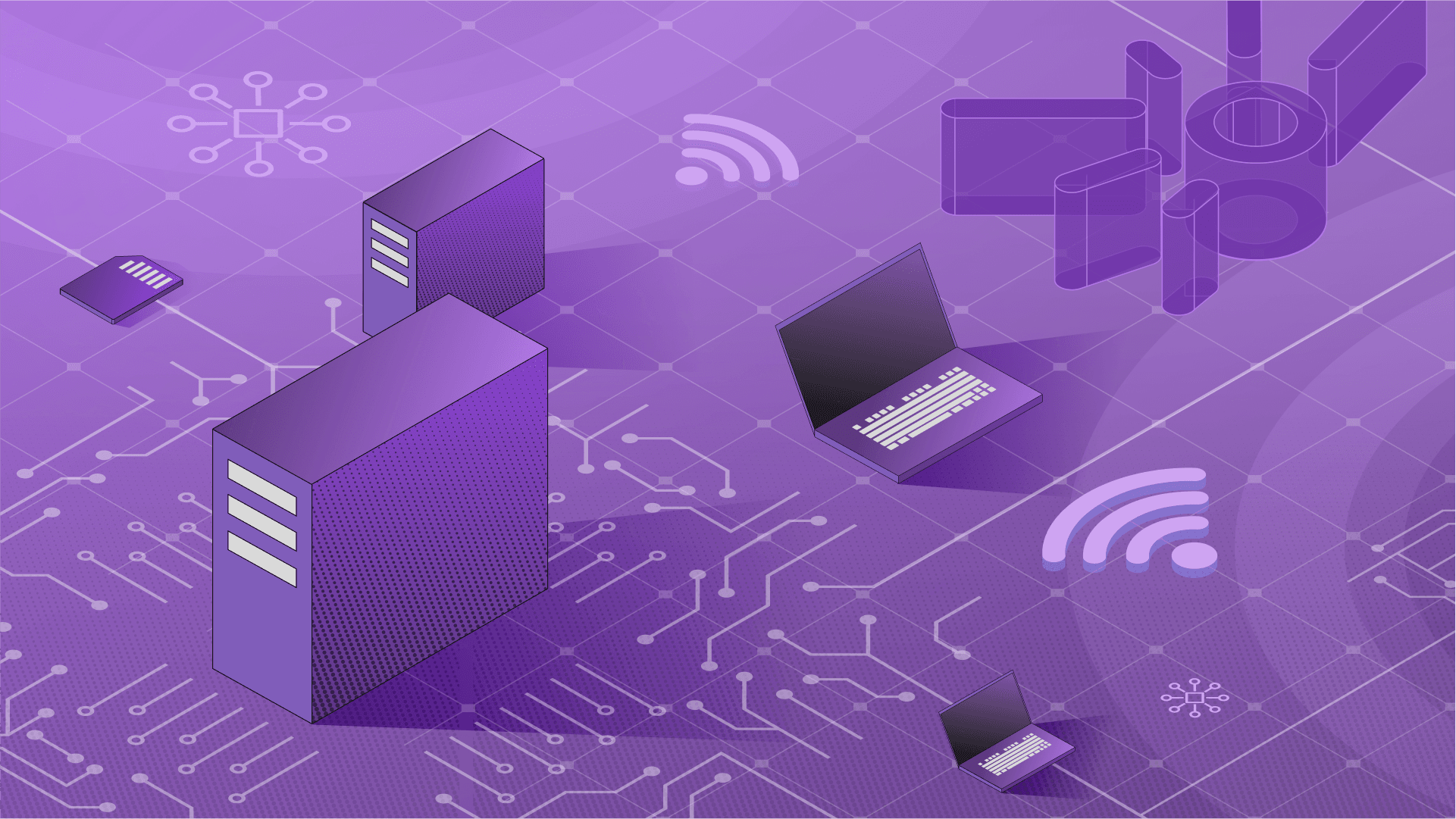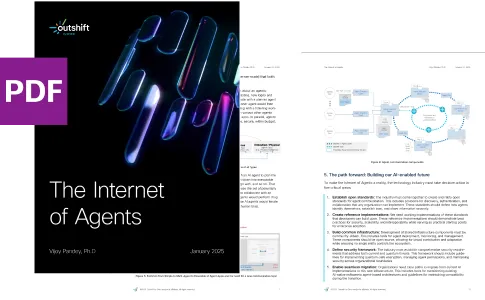Published on 00/00/0000
Last updated on 00/00/0000
Published on 00/00/0000
Last updated on 00/00/0000
Share
Share
IN-DEPTH TECH
6 min read

Share
Federated learning (FL) is a machine learning (ML) mechanism where different parties participate in a machine learning task and build a global model without sharing training data with any other parties. You can think of federated machine learning as a group project wherein everyone helps build a model—but never has to share the private data used to achieve that model.
Federated learning is a subset of machine learning capabilities, similar to how natural language understanding can fall under the “ML” umbrella.
While there are several different federated learning training modes, a typical setting consists of two types of computing nodes: (1) trainer and (2) aggregator. The trainer node processes a dataset locally to build a model, and a set of trainer nodes share their model parameters with the aggregator node.
Upon receiving these model updates, the aggregator node builds a global model by aggregating the model parameters. The global model is then shared with all the trainer nodes. This process can be repeated for multiple rounds.
The primary goal of federated learning is to preserve data privacy. For that, datasets in a trainer node are not shared with any other node, and only model parameters of the locally trained model are shared via a secure connection. (Note that there is still a risk of leaking private information via reverse engineering of model parameters. Hence, new techniques like differential privacy and homomorphic encryption have been proposed to further enhance privacy preservation, but we leave the discussion of these topics out of this post.)
Federated learning differs from distributed learning. In distributed learning, privacy is not a main concern. Instead, a key goal of distributed learning is to maximize the parallelism of computation over a large dataset so that a model can be trained as quickly as possible. To leverage this technique, a dataset is often owned by one organization and located in a centralized store. And trainer nodes fetch an equal-size subset from the dataset and carry out an ML training task in parallel. In contrast, in federated learning, datasets are heterogenous by nature because they are collected and curated by different organizations. Thus, these datasets tend to exhibit non-IID characteristics as opposed to the datasets used in distributed learning.
FL can be broadly applied for ML training tasks where data movement is highly discouraged or prohibited due to data privacy or operational costs. Thus, training ML models in healthcare makes FL a perfect method. For example, consider an ML application to detect heart diseases (e.g., aortic stenosis) by using Electrocardiogram (ECG) signals of a patient. Training such a model accurately, a broad set of patients' data is needed from various hospitals, and sharing patients' private data is not an option. Clearly, FL can work well under these kinds of constraints.
The insurance industry can benefit from FL too. For example, ML training for insurability or risk assessment of insurance underwriting can take place without sharing customer data across different insurance institutions.
Another good example is ML training tasks in remote areas (e.g., fault prediction in an offshore wind turbine farm) with limited network access. In this case, the volume of transferred data may greatly slow down ML training in a centralized location; and FL can render itself viable under the situation.
Given the broad applicability of FL, democratizing FL is key to its success. However, there are still open challenges and missing blocks from several aspects such as systems, communication cost, security, bias, etc.
To truly democratize FL, the systems challenges must be completely out of the equation so that data scientists can solely focus on the ML parts and not worry about the systems issues. While some of the challenges are not unique in FL, they are more challenging because of the heterogenous nature of FL. Therefore, building a holistic FL system is an absolute necessity to ensure that FL can be truly at the disposal of data scientists and machine learning engineers.
Learn more about how we’re marching toward the democratization of federated learning.


Get emerging insights on innovative technology straight to your inbox.
Outshift is leading the way in building an open, interoperable, agent-first, quantum-safe infrastructure for the future of artificial intelligence.

* No email required

The Shift is Outshift’s exclusive newsletter.
Get the latest news and updates on agentic AI, quantum, next-gen infra, and other groundbreaking innovations shaping the future of technology straight to your inbox.
